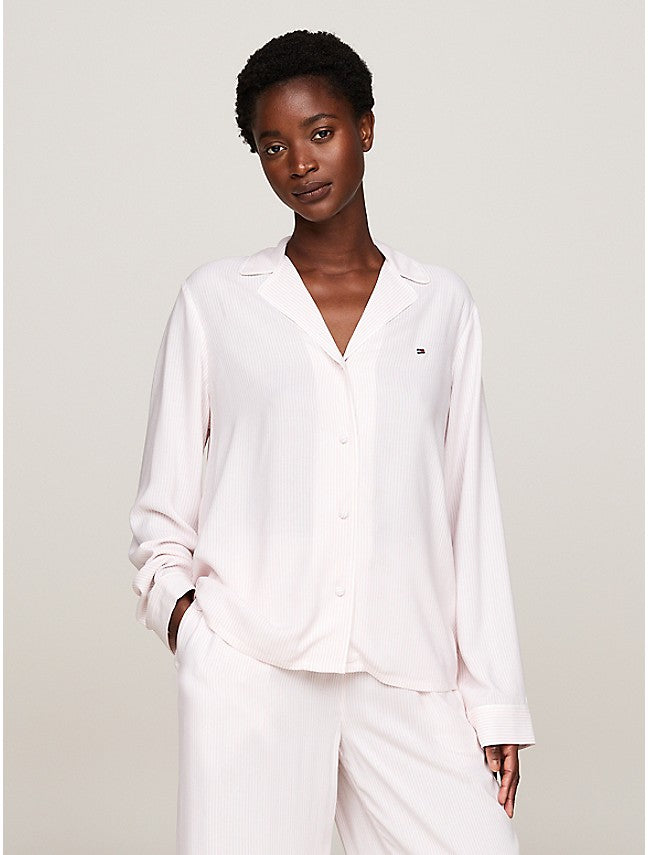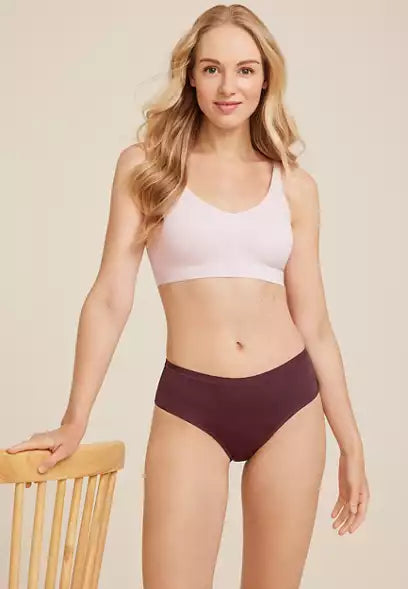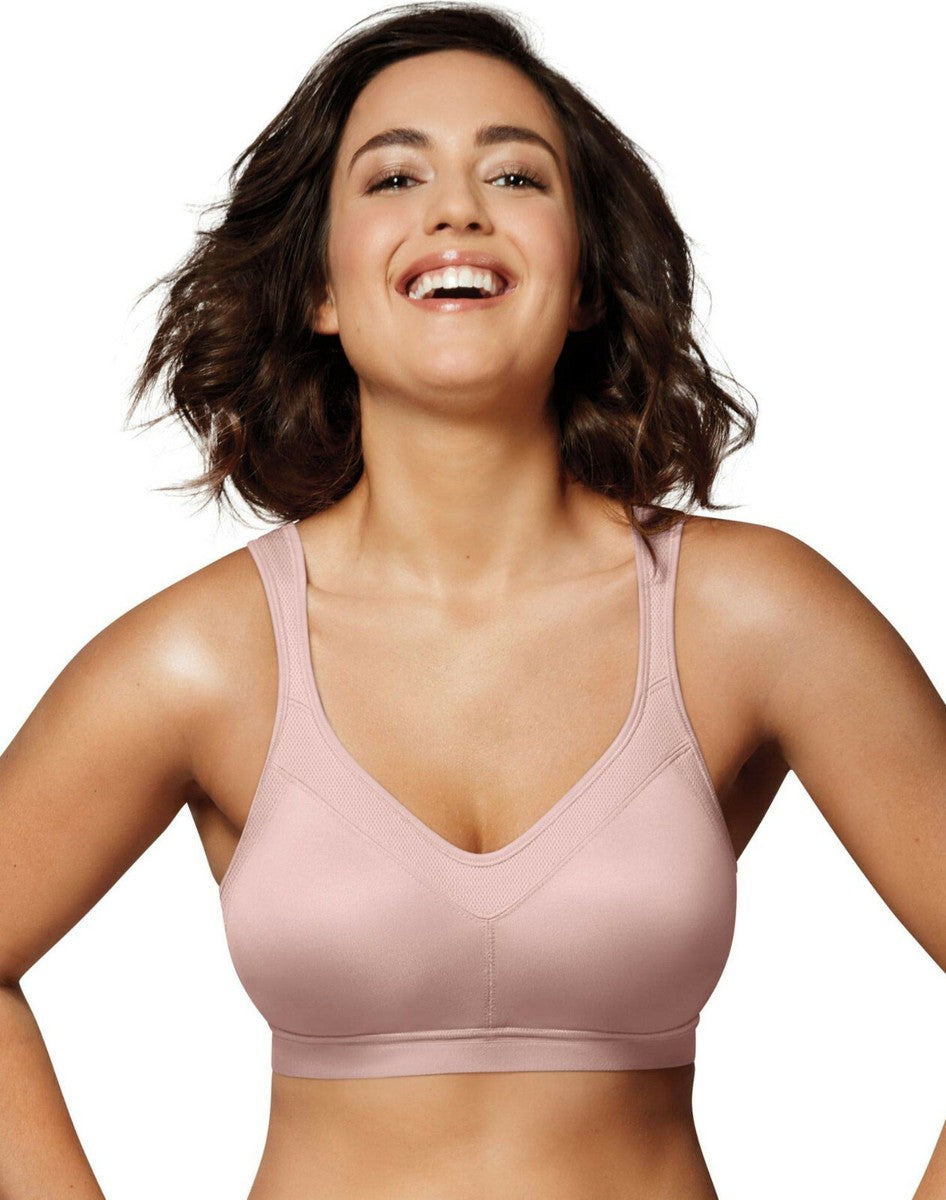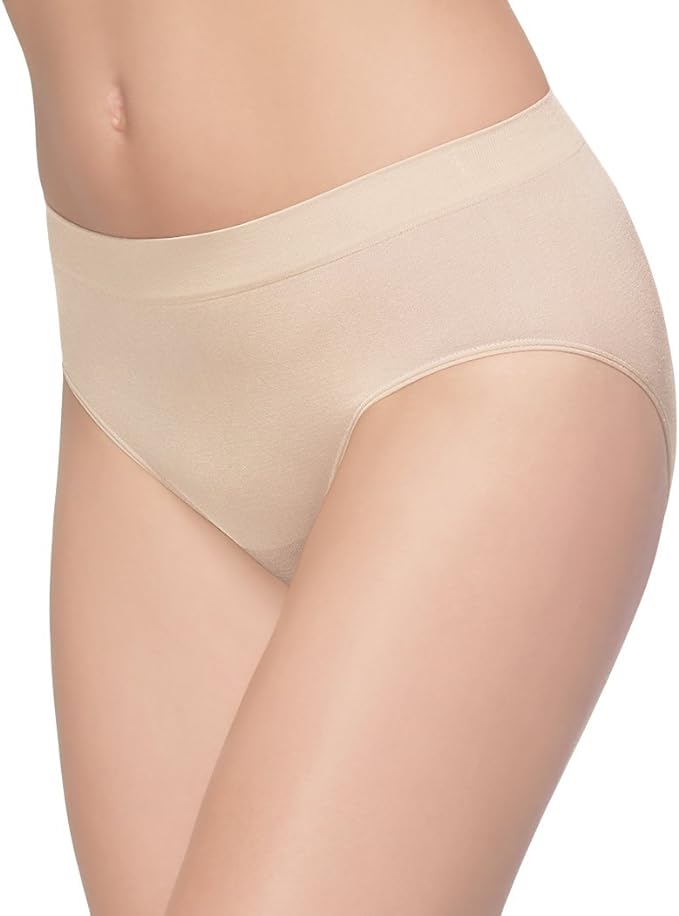Is Viscose a Good Material? Understanding Its Qualities

Is Viscose a Good Material? Understanding Its Qualities, Uses, and Benefits. Viscose, often referred to as rayon, is a versatile material that bridges the gap between natural and synthetic fabrics. Known for its silk-like texture and breathable qualities, it has become a popular choice across fashion, home textiles, and industrial applications. But is viscose a good material? This comprehensive guide explores its properties, advantages, disadvantages, and best uses to help you decide.
What Is Viscose?
Viscose is a semi-synthetic fabric derived from cellulose, typically sourced from wood pulp. The manufacturing process involves chemically treating the cellulose to produce a fiber that mimics the luxurious feel of silk while maintaining some of the breathable qualities of natural fibers like cotton.
This material is classified as a regenerated cellulose fiber because, while it originates from a natural source, its production requires significant chemical processing. Viscose is known for its versatility and affordability, making it a common choice in various industries.
Key Properties of Viscose
- Softness and Smoothness: Viscose has a silky texture that feels soft against the skin, making it an excellent choice for clothing and bedding.
- Breathability: Similar to cotton, viscose is breathable and absorbs moisture, which helps regulate body temperature.
- Drape and Flow: Its lightweight structure provides an elegant drape, making it ideal for dresses, blouses, and scarves.
- Versatility in Appearance: Viscose can be blended with other fibers, dyed easily, and finished to resemble fabrics like silk, wool, or linen.
Advantages of Viscose
-
Affordability:
One of the most significant benefits of viscose is its cost-effectiveness. It offers a luxurious look and feel at a fraction of the price of silk or other premium fabrics. -
Comfortable Wear:
Its breathable nature and soft texture make viscose highly comfortable for garments like dresses, tops, and underwear. -
Versatility:
Viscose can be used in a wide array of products, from casual and formal wear to upholstery and curtains, owing to its adaptability in texture and finish. -
Aesthetic Appeal:
The ability to take dyes well means viscose comes in vibrant, long-lasting colors, maintaining its sheen and texture after dyeing. -
Eco-Origin:
Since viscose is derived from cellulose, its base material is renewable, making it more sustainable than petroleum-based synthetics like polyester or nylon.
Disadvantages of Viscose
-
Durability:
Viscose tends to be less durable than synthetic materials and may weaken when exposed to excessive moisture, which can cause shrinking or distortion. -
Care Requirements:
It is a delicate fabric that often requires special care, including hand washing or dry cleaning, to maintain its structure and appearance. -
Environmental Concerns:
While viscose starts with a natural base, the chemical-intensive production process can have significant environmental impacts if not managed responsibly. However, eco-conscious manufacturers are now adopting closed-loop systems to reduce waste and pollution. -
Prone to Wrinkling:
Due to its delicate fibers, viscose wrinkles easily, requiring more frequent ironing or steaming to maintain a polished appearance.
Is Viscose a Good Choice for Different Applications?
The suitability of viscose depends on its intended use. Here’s how it fares across different categories:
1. Clothing
Viscose is widely used in garments because of its luxurious feel, breathability, and vibrant appearance. It's particularly popular for:
- Dresses
- Blouses
- Lingerie
- Activewear
Verdict: Excellent for casual and formal wear but may not be ideal for rugged, high-durability clothing.
2. Home Textiles
Viscose finds applications in home decor items like:
- Drapes
- Upholstery
- Bed linens
Its ability to mimic the texture of more expensive materials makes it a budget-friendly option for interiors. However, its lower durability compared to other fibers like cotton or polyester should be considered.
Verdict: Aesthetic appeal makes it a good choice for decorative purposes, though it may require careful maintenance.
3. Industrial Uses
Viscose’s ability to blend with other materials and its lightweight nature make it useful in non-apparel applications like:
- Medical textiles
- Industrial filters
Verdict: Practical for lightweight, non-structural uses.
How Does Viscose Compare to Other Fabrics?
| Feature | Viscose | Cotton | Polyester | Silk |
|---|---|---|---|---|
| Softness | Silky and smooth | Soft but textured | Smooth but synthetic | Luxuriously smooth |
| Durability | Moderate | High | Very High | Moderate |
| Breathability | High | High | Low | Moderate |
| Care | Delicate | Easy | Low-maintenance | Delicate |
| Eco-Friendliness | Moderate | High | Low | Moderate |
Tips for Caring for Viscose
-
Wash Carefully:
Hand washing in cold water is best. If using a washing machine, choose a gentle cycle and place the garment in a mesh bag. -
Avoid Excess Water:
Viscose is weaker when wet, so avoid twisting or wringing it out. Gently press out water with a towel. -
Dry Flat:
Lay garments flat to dry instead of hanging to prevent stretching. -
Iron on Low Heat:
Use a low heat setting to iron viscose. Steaming is an alternative to avoid direct heat.
Is Viscose Right for You?
Viscose is a fantastic material for those who prioritize comfort, style, and affordability. Its elegant appearance and soft feel make it ideal for everyday wear, formal occasions, and home textiles. However, it requires a bit more care and attention than other fabrics, so it may not be the best choice for individuals seeking low-maintenance options.
For eco-conscious shoppers, look for responsibly produced viscose (such as lyocell or modal alternatives) to ensure a smaller environmental footprint. With proper care, viscose items can provide beauty and comfort for years to come.
Conclusion
Viscose is undeniably a good material when used for the right purposes. Whether you’re seeking breathable clothing, stylish home textiles, or versatile fabrics, viscose offers a balance of luxury and practicality. By understanding its properties and maintenance needs, you can enjoy the best that this versatile fabric has to offer.
Check out our homepage Olivia Paisley


